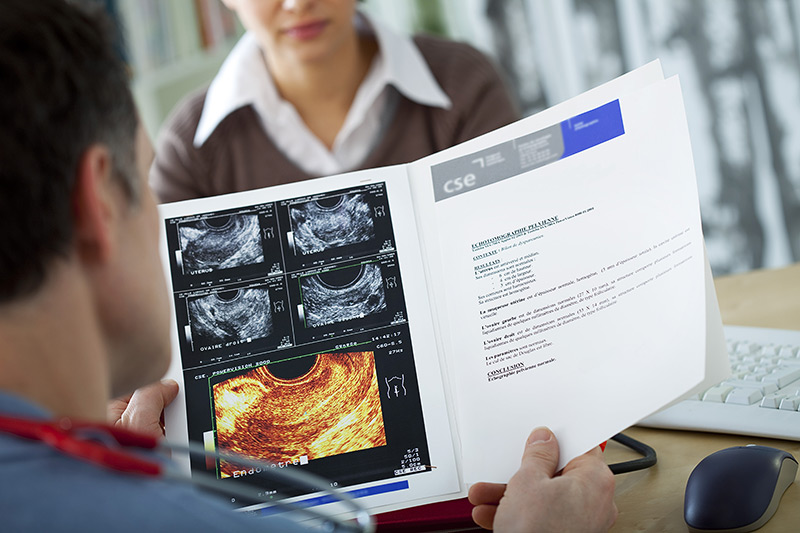The benefits of including an Ultrasound when you have a Pelvic exam

Did you know the pelvic ultrasound is recommended as a complement to a routine gynecologic exam to all patients who present pelvic pain, abnormal bleeding, or excessive bleeding during menstruation?
Although, ultrasounds are not included with a typical annual exam, ultrasounds are a very effective tool to diagnose problems early on. An ultrasound can show the uterus, ovaries, fallopian tubes, and evidence the presence of malformations or abnormalities such as cysts, fibroids, or enlarged organs. What an ultrasound allow us to see, often times cannot be detected by a regular pelvic examination also known as a well or annual exam.
If you are having abnormal pelvic pain, experiencing heavy menstruation, and/or any other discomfort, it is important to speak to your gynecologist and request an ultrasound. The high technology behind the ultrasound exam can detect anatomical irregularities providing your physician with a very accurate images and detailed report that will reflect your gynecological health. If a problem is found, a treatment plan can immediately be put into place before the problem becomes worsened.
Remember the ultrasound technology does not use radiation, it is possible thanks to high frequency sound waves that are emited by the transductor (the device the ultrasound technician or your doctor puts either on your belly or on inside your vagina) and then an image of your internal organs is formed and decoded by the computer in the ultrasound machine. It is similar to what bats use to guide their flight. Most important, keep in mind the purpose of your annual exam is to detect ahead of time any problem that by being addressed in early stages, will have a higher chance to be resolved.
